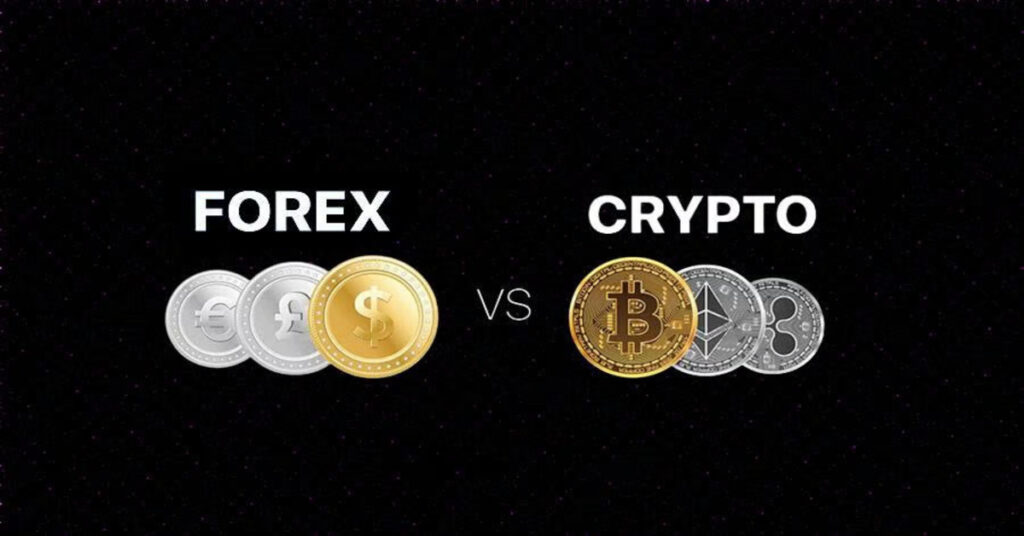Gold Price Forecast: Predictions for 2024
GOLD (XAU/USD) PRICE FORECAST:
Gold prices have been struggling to maintain momentum above the psychological level of $2000/oz. The daily candle briefly breached the resistance level, but the rally lost steam, and Gold closed back below the psychological level. Today, Gold’s attempt to push higher was met with strong bearish pressure, and the precious metal surrendered its daily high to trade around $1993/oz at the time of writing.
The Dollar Index (DXY) rally continues, and Treasury yields are rebounding, working against the rally in Gold prices. Furthermore, the US is heading into the Thanksgiving break, which means low liquidity tomorrow and potentially Friday as well.
Traders looking to learn more about price action, chart patterns, and moving averages can check out the DailyFX Education Section.
It is essential to remain vigilant and keep an eye on the market’s movements, especially during the holiday season when liquidity is low. Overall, the outlook for Gold remains uncertain, and traders should exercise caution when making trading decisions.
US Data and Dollar Index (DXY) Recovery
The recent positive signs in US data have done little to excite markets, as hawkish comments from policymakers at the ECB and BOE have left market participants feeling more tentative. However, the recent recovery in both US Treasury Yields and the US Dollar Index has allowed Gold bears to pounce and keep Gold prices from exploding above the $2000/oz mark.
Today’s US Data was mixed, with Durable Goods Orders coming in below forecast for November and October being downgraded to 4%. This is another sign that the strong demand prevalent in the US in 2023 may be coming to an end. Michigan Consumer Sentiment beat forecast but came in much lower than the October print, continuing a renewed downward trend that began following the July print of 71.6. This is a sign that pessimism around the US economy still exists.
With the US Thanksgiving Holiday tomorrow, there are no high impact US data releases for the rest of the week. This could lead to some volatility as market participants take profit and reposition ahead of the break. Alternatively, we could see Gold limp toward the end of the US session as liquidity begins to thin.
For more information on market-moving economic releases and events, see the DailyFX Calendar.
TECHNICAL OUTLOOK
Gold’s technical signals are somewhat mixed at present. While it appeared that the market had shifted back into a bullish structure, the rejection seen today suggests a new lower high, indicating bearish price action. If the rejection of the $2000/oz mark gains momentum, immediate support at $1983 may prove challenging, as seen earlier this week on the daily timeframe.
The current technical picture is further complicated by the moving averages, as a golden cross pattern is currently forming, with the 50-day MA attempting to cross above the 100-day MA. This usually indicates momentum to the upside, contradicting today’s daily candle close.
For traders looking for opportunities during the rest of the week, smaller timeframes may be best, with liquidity expected to be low due to the Thanksgiving break. Key levels to watch include resistance at $2000.00, $2008.00, and $2025.00, and support at $1983.00, $1968.00, and $1950.00.
Gold’s daily chart for November 22, 2023, shows the current technical signals. The chart was prepared by Zain Vawda using TradingView.
Note: This section has been analyzed to remove any advertising language.
IG CLIENT SENTIMENT
Retail traders are currently holding long positions on gold, with 55% of them holding onto their positions. While this may suggest a bullish trend, DailyFX adopts a contrarian view to crowd sentiment. Therefore, it remains to be seen if this trend will continue or if it will reverse. For a more detailed analysis of GOLD client sentiment and changes in long and short positioning, DailyFX provides a free guide. Zain Vawda, Markets Writer for DailyFX.com, writes this guide. DailyFX offers forex news and technical analysis on the trends that affect the global currency markets.









